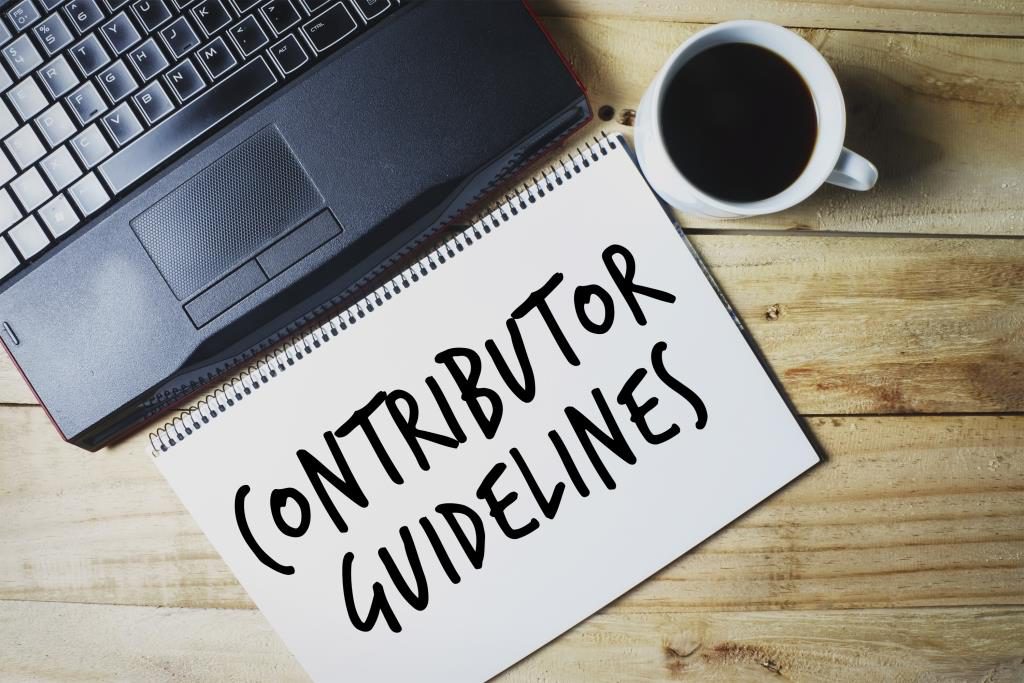Getting the Most from Industry Contributors


Imagine you’re back in one of your college classes. It’s a class you’re really excited about, and you actually already know a lot about the subject. Your professor gives an assignment, but just says it has to be a paper, it’s due in about two weeks, and it will be available to the entire class for their reading pleasure after you turn it in.
Yikes. Where would you start?
So where does your head go? Would you immediately feel overwhelmed with the lack of direction and guidelines set forth by your professor? You love the class topic and could probably write for days, but do you think your assignment would improve or be more focused had the professor outlined the assignment better – clearly stating the expectations, subject matter and main points?
Probably so.
Just like a professor is not likely to give an assignment without clear guidelines, associations wouldn’t want to ask for contributions and articles from their community without first giving the “assignment” and outlining topics they’re in need of and looking for.
The starting points begins with having robust contributor guidelines. Giving potential contributors a roadmap – their “assignment” – and setting clear expectations surrounding the process makes contributing to your publication less intimidating and increases the likelihood of quality submissions.
Ready to craft your assignment for potential contributors and writers? Read on for the following dos and don’ts to ensure you get the most out of every submission you receive.
Do:
Make it easy and inviting to contribute. Asking for contributors is the same as asking someone to invest in your publication. The investment of their time and expertise can sometimes be a hard sell. Do members and readers know they can contribute? Are you giving them tons hurdles to jump through? Are your guidelines posted in a clear and logical spot on your website? If it comes across as intimidating, nobody will want to take on the task. So when in doubt, keep the contribution process as simple as possible.
Outline the topics most desired for your publication. Identify who your readers are and then think about the different types and topics of articles you’d like to see more often in your publication. Make these categories broad, but specific enough to your organization and publication. Give potential contributors a springboard from which to jump when thinking about article ideas, and in doing so, you ensure that articles will align with what you’re seeking.
Keep the list organized, bulleted and easy to understand. Don’t ramble on. Don’t use lengthy paragraphs to explain what you want. Create different sections for your guidelines, use simple language, and make it easy to understand. The more jargon you use and the more random details you include, the more likely you’ll to lose a potential contributor because they simply can’t wrap their head around what you want – thus making the investment to contribute not worth their time.
Be specific, but prioritize what’s most important to be specific about. Similar to the above “do,” you want to be specific about what you’re looking for, but don’t get bogged down in the details. Do most articles land around 900 words? State that. But refrain from being too specific about word counts, how many pages it would use in the layout, how photos take up space, etc. Choose what’s important to be specific about, and keep the rest simple and straightforward. Want sources noted? Say so. Just don’t go on and on about how to format them, where to put them, and that they all need to be submitted in Chicago Style. You can format submissions in your desired style later. You’re looking for approachable content from people in your community, not a dissertation.
Address marketing/sales messages. This one seems obvious, but if you don’t spell it out plain and simple, you’ll receive submissions that sound more like a press release for the latest and greatest service vs. a valuable, neutral article that could have had great potential for your magazine. Be straightforward about asking authors to refrain from any marketing messages. Often I include a statement that says, “Your company name cannot appear within the body of the article.” A statement as black and white as that ensures that even the most clever agencies and writers abstain from self-promotion.
Encourage an author to use their bio to plug their company. On the other hand, when asking those to refrain from self-promotion, it’s important to acknowledge where they can, and this is in the author’s bio or boilerplate at the end of their story. Encourage writers to submit a brief bio (to which you can even assign a desired word count; I often suggest no more than 75 words) that includes their title, company name, website and a means in which to get in touch. This doesn’t completely rule out a company mention, but a lot of contributors want to write for you to get their name out there and in front of your influential audience. Giving them an appropriate place to do so is important.
Update your submission guidelines annually. Contribution guidelines should include submission deadlines for each issue, themes (if applicable) and info about how to reach the managing editor of the publication. Be sure to update these annually and tinker with the verbiage and guidelines as you experience hiccups and triumphs along the way. The document should be fluid and ever-evolving to serve the mission and needs of your publication.

Don’t:
Make guidelines too long, too specific or detailed. When guidelines and rules get carried away, what you really want gets lost in the shuffle. Don’t get too specific about footnotes, citations, fonts and double spacing vs. single spacing. All these elements can be figured out at a later date. You can always get more specifics from the contributor after you’ve had the chance to review the article and accept their topic for publication. Get through the tough part first (getting great content), then bother with the details after you’ve got something really great in hand.
Reinvent the wheel by telling contributors how to write. If someone wants to voluntarily write and contribute to your publication, chances are they’ve probably written something in a professional setting before. Few professionals will take on the task of writing a magazine article as their first venture into writing. So assume that they know how to write, and even what to write. Nobody wants to feel as though they have no idea what they’re doing, so keep this in mind to not rub anyone the wrong way.
Forget the obvious. Things such as deadlines, desired article themes/topics, and simple disclaimers such as, “all articles are subject to editing,” and “articles aren’t guaranteed to be published,” are easily overlooked but important additions to the guidelines. Requiring inclusion of an author’s name, bio and headshot (if warranted) is just as important. Although you don’t want to get too specific, don’t overlook the obvious things that could potentially put you or your author in an uncomfortable situation if not otherwise stated.
Hide your guidelines on your website. Guidelines should be easy to find and in a logical spot on your website. For example, for one of my clients, we have an About section on the main menu, then a dropdown includes both Advertise and Contribute. When taken to the Contribute page, contribution guidelines are spelled out on the page. Also consider adding a button to download and print the guidelines, as well as other creative ways of accessing them, including ad space or graphics.
Forget to promote the opportunity. Set up quarterly campaigns that promote the idea of contributing to your publication. Include a plug at the end of your weekly newsletter from time to time that reminds members that they can write for you. Push out the opportunity via social media. One great thing that a client of mine did was that they required conference speakers/presenters to submit an article about their presentation. This is not only a great way to get relevant, on-topic content from industry thought leaders, but could also be a great way to simultaneously promote the conference and session in one or more of your publications leading up to the event.
Setting expectations: Guidelines as a tool
Use your guidelines as a tool to get the content that your members want and need. Just like a professor wouldn’t give an assignment to a class without clear expectations and guidelines, you don’t want to ask for articles and contributions without clear expectations from the onset.

